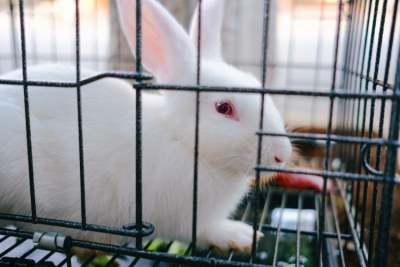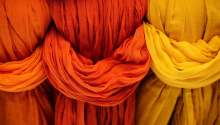What is fur used for?
Fur has been used in clothing for thousands of years. But these days it is often produced industrially for large brands on fur farms.
Fur can be used for coats, as well as trimmings or linings on jackets, boots and other items. It is seen as a luxury item, and is more likely to be used by designer fashion houses. These days, almost all ‘fur’ used in high street shops is faux fur, made from polyester.
Fur and animal rights
Many people boycott fur because they believe that humans do not have the right to take an animal’s life, especially if it’s just for fashion. Each year, around 100 million animals are raised and killed for their fur, according to the campaign group Fur Free Alliance.
The vast majority of fur comes from farmed mink. Foxes, raccoon dogs, rabbits and chinchillas may also be raised on farms for fur. EU regulations ban trade in fur from domestic cats, dogs or commercial seal hunts. Fur farming itself is is banned in the UK, but imports of fur from fur farms abroad are not.
Sometimes fur may also be used from wild trapped animals such as coyotes, lynx, beavers and otters. The UK has some restrictions on the types of traps that can be used both for trapping in the UK and for imports, but has not banned the practice.
Vegans are likely to avoid fur alongside other fibres and products from animals such as leather, suede and down.
Fur and animal welfare
For other consumers, the key issue with fur is animal welfare – the conditions in which foxes, mink and other animals are kept on fur farms.
Over 95% of fur sold globally comes from farmed animals, according to Fur Free Alliance. These animals are often kept in battery cages, without the space or conditions to enact their natural behaviour. Most fur farms are in China and Europe.
As the animal welfare organisation Eurogroup for Animals points out, “The species farmed for their fur are essentially wild animals”. This means they are likely to be particularly distressed by the farming conditions.
The Fur Free Alliance says that animals are also often killed in inhumane conditions for fur, in order to preserve the pelt.
Is buying and selling fur legal?
Some countries have banned fur farming, like the UK and 18 European countries.
Israel is the first country to ban the sale of fur, along with California and some cities in the United States which have banned sales of new fur.






